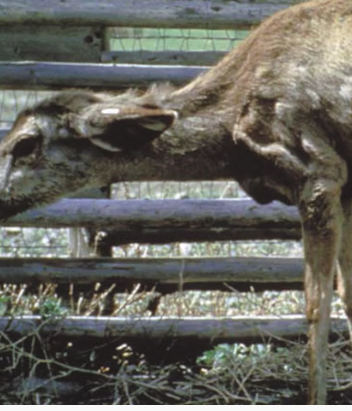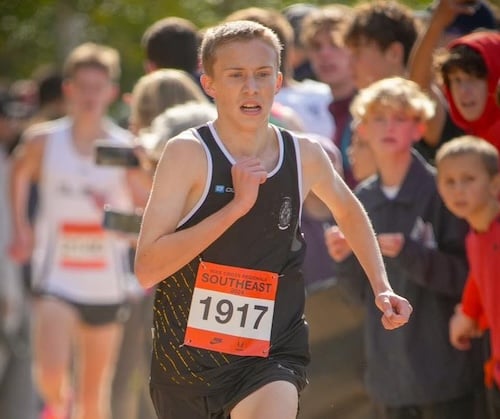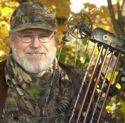Kentuckians have a conflicted relationship with vultures.
While they clean up the carcasses of dead animals, they are something of a nuisance and potential danger to motorists driving rural backroads. They gather in rowdy groups on the pavement or at road sides, feasting on road kill deer, raccoon, skunks or other critters. As vehicles approach, they sometimes fly up into traffic.
Despite their scavenging ways, providing a valuable service, one species found in Kentucky does occasionally kill newborn farm animals, mostly cattle.
Vulture roosts are noisy and smelly, not something you want near your farmhouse, vacation cabin or barn. They roost at night and during cold weather spend less time aloft.

Vultures feed on rotting, maggot-laden flesh. Vocalizations are grunts and low hisses. It’s easy to see why vultures have a public relations problem.
But their aerial acrobatics are quite impressive. They are able to ride thermals to impressive heights, and glide effortlessly with few wingbeats, spiraling back down to the ground, their keen eyesight and sense of smell helping them locate fresh carcasses.
Turkey and black vultures are protected under the Migratory Bird Treaty Act of 1918. They cannot be killed without a federal permit.
Vultures in Kentucky
There are two species of vultures in Kentucky. The common name for both species is buzzards.
The turkey vulture (Chatartes aura) is a dark bird with long, broad wings, larger than most raptors except eagles and condors.
Their wing tips are pointed like “fingers” and their tails extend past their toe tips in flight. When soaring, turkey vultures hold their wings slightly raised in a “V” shape when seen head-on.
Turkey vultures appear black from a distance but up close are dark brown with a pinkish-red unfeathered head and pale whitish bill. While most of their body and forewing are dark, the undersides of the flight feathers (along the trailing edge and wingtips) are paler, giving a two-toned appearance.
They are a year-round residents in Kentucky.
Their geographic ranges extends to all Lower 48 states and southern Canada. In the central U.S., nesting begins in May. Little or no nest is made, with females laying two to three cream-colored eggs with brown spots. Their young fledge in about 10 weeks, and family groups remain together until fall.
The black vulture (Coragyps atratus ) has black plumage, a bare gray black head, and white stars under the wingtips. They are compact birds with broad wings and short tails.
For more outdoors news and information, see Art Lander’s Outdoors on KyForward.
The two species co-mingle, with the black vulture making up for its poor sense of smell by following turkey vultures to carcasses. Highly social birds with fierce family loyalty, black vultures share food with relatives, feeding young for months after they’ve fledged.
The geographic range of the black vultures extends from the Ohio River Valley southward, on the west from Texas, to Virginia in the east. They have substantially increased their range northward in the past 50 years.
Vulture Problems
The black vulture was rare in the state historically but range expansion and population increases have made the black vulture widespread and common in Kentucky.
This has been problematic for Kentucky’s thriving cattle industry.
While the turkey vulture does not take live prey, the black vultures will occasionally feed on newborn calves.
Predation on livestock by black vultures has been increasing in recent years. In general, vultures are attracted to livestock birthing sites to feed on the afterbirth and stillborns.
For information on how to deal with vulture problems visit this page on the Kentucky Department of Fish and Wildlife Resources website.
Since vultures have no predators, and mammal populations are high, there will always be plenty of food for vultures in rural, suburban and even urban areas of Kentucky.
With vultures, you have to take the good with the bad. They provide a needed service, but it comes at a price.
Growing numbers of vultures in proximity with humans create issues. They can be worked through, but unfortunately they often cost landowners, farmers and businesses time and money.
Art Lander Jr. is outdoors editor for NKyTribune and KyForward. He is a native Kentuckian, a graduate of Western Kentucky University and a life-long hunter, angler, gardener and nature enthusiast. He has worked as a newspaper columnist, magazine journalist and author and is a former staff writer for Kentucky Afield Magazine, editor of the annual Kentucky Hunting & Trapping Guide and Kentucky Spring Hunting Guide, and co-writer of the Kentucky Afield Outdoors newspaper column.





















